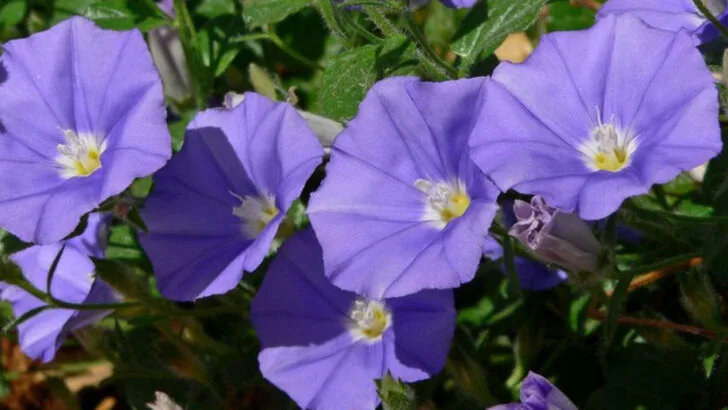Ground covers can be a lifesaver for filling in bare spots, smothering weeds, and adding texture to garden beds, but not all of them know when to stop. Some spread so aggressively they turn from helpful to headache in just one growing season, creeping into areas where they weren’t invited and edging out everything in their path.
That doesn’t mean you have to give up on the idea altogether. There are plenty of low-growing plants that stay where you put them and play nicely with others. The trick is knowing which ones to trust. Here are 9 ground covers that tend to take over and 9 reliable alternatives that won’t turn your garden into a battle zone.
English Ivy
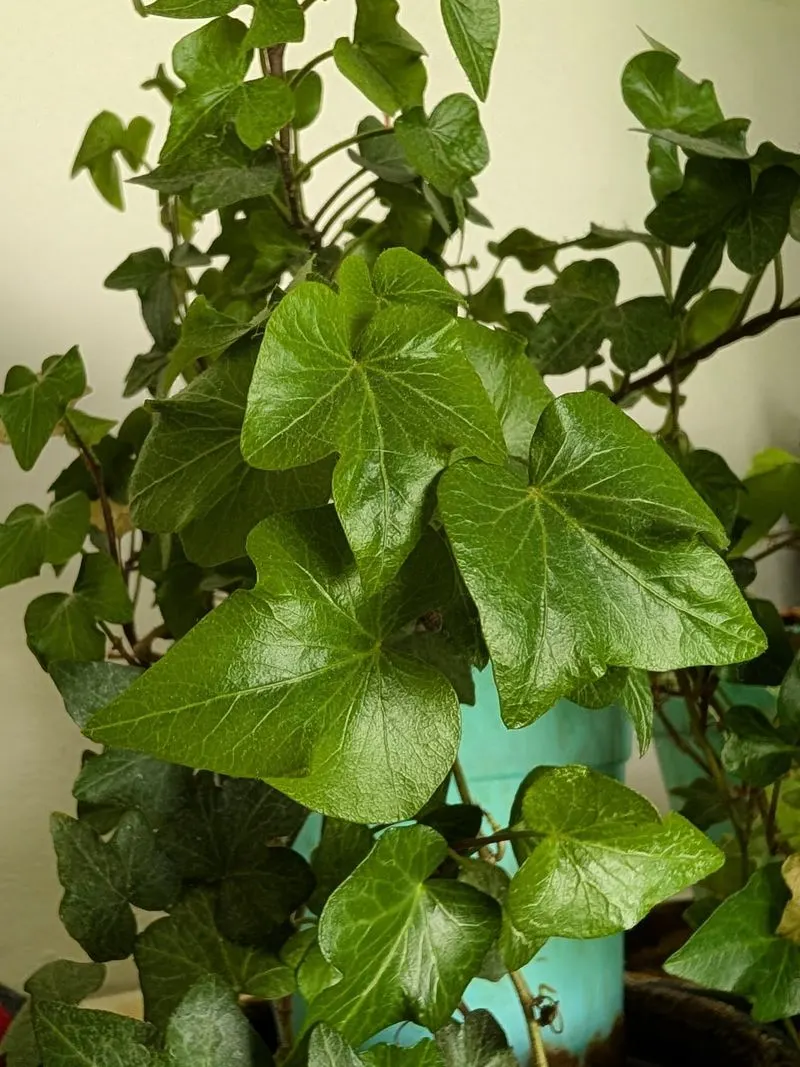
English Ivy, with its lush, dark green leaves, can transform any space into a verdant paradise. But beware, its rapid growth and ability to climb can lead it to overpower other plants. Once established, it spreads aggressively, requiring vigilant maintenance to prevent it from taking over. Many gardeners love its classic look, reminiscent of old-world charm. Despite its invasive nature, it offers excellent ground cover under trees. Ivy can also reduce erosion, making it a favorite in challenging landscapes. However, careful planning and regular trimming are essential to keep its growth in check.
Creeping Jenny
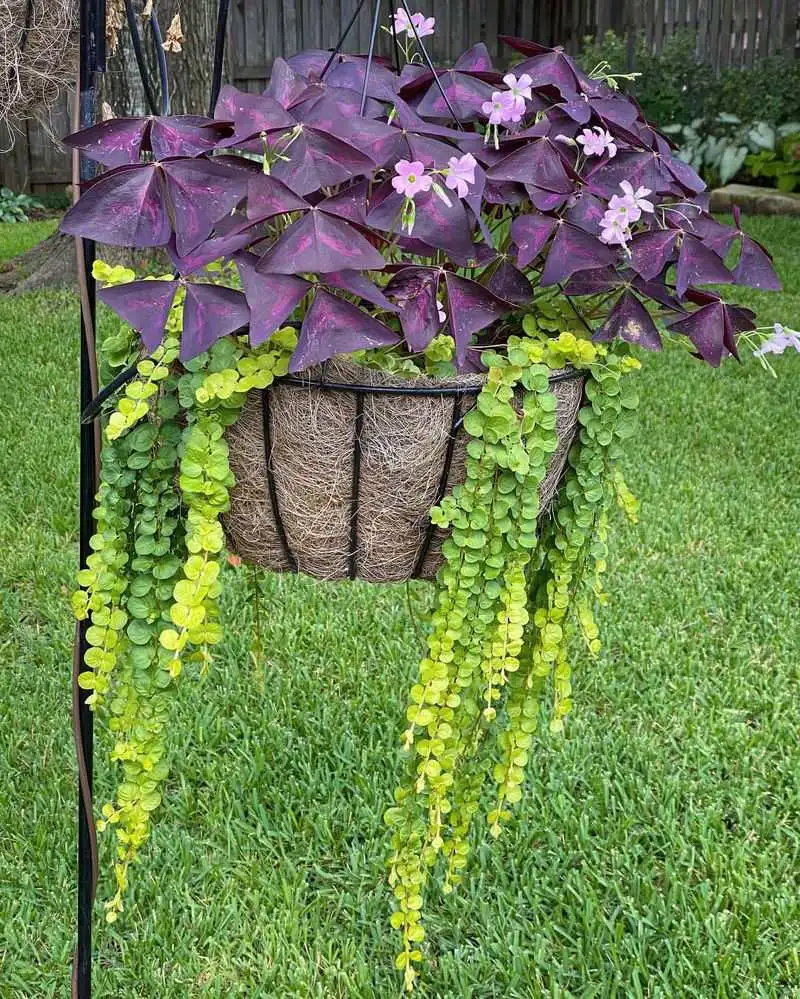
Creeping Jenny, with its cheerful yellow-green leaves, adds a splash of brightness to any garden. Its low-growing nature forms a dense mat, making it an ideal ground cover. However, this plant’s rapid growth can quickly turn from delightful to overwhelming. Often used in borders and containers, Creeping Jenny needs space to roam within bounds. Its adaptability to various light conditions makes it versatile. Yet, its tendency to spread requires careful placement to avoid encroachment on neighboring plants. Regular pruning ensures it remains a charming addition rather than a garden bully.
Mint
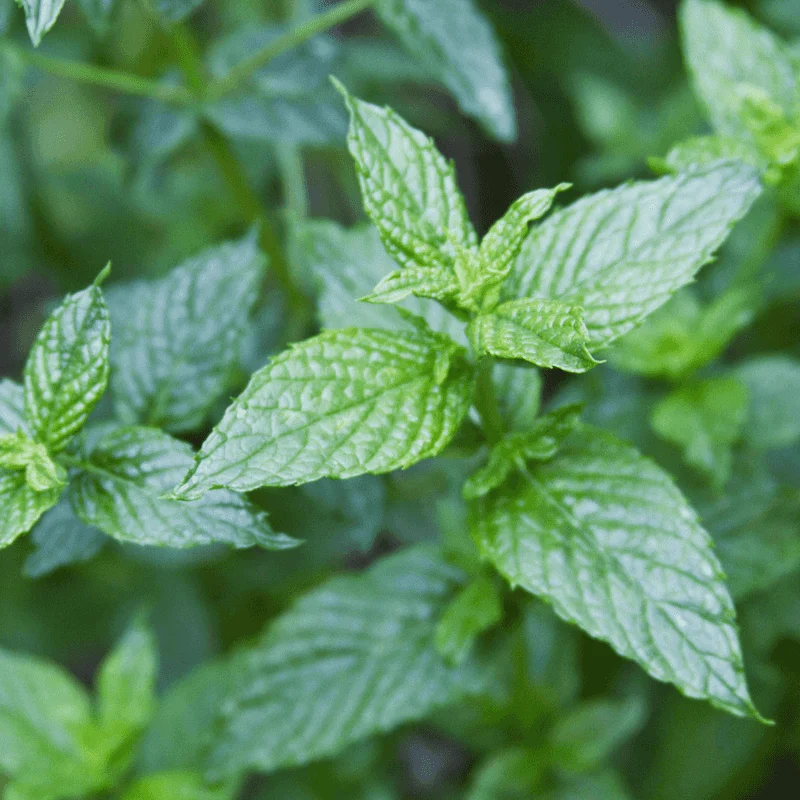
Mint, known for its aromatic leaves and culinary uses, can be both a blessing and a curse. While it is perfect for herbal teas and fresh garnishes, its vigorous growth can quickly become a gardener’s nightmare. This plant’s runners travel underground, spreading rapidly. To enjoy its benefits without the chaos, consider planting mint in containers or designated areas. Despite its tendency to take over, mint provides lush greenery and delightful scents. With thoughtful containment, mint remains a versatile and flavorful garden addition, offering refreshing aromas and culinary delights.
Bishop’s Weed
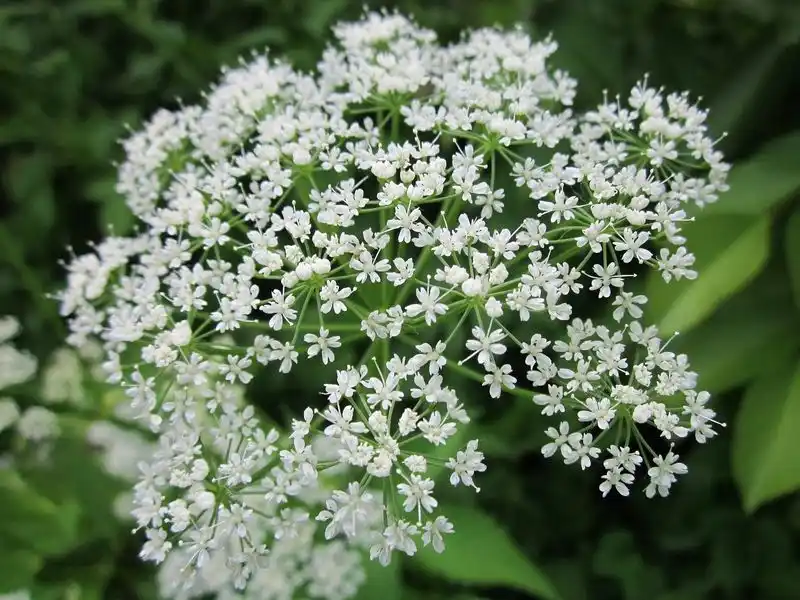
Bishop’s Weed, also known as Goutweed, features attractive variegated leaves that bring visual interest to shaded areas. Though appealing, it is notorious for its aggressive spread and can quickly overrun garden beds. This plant thrives in various conditions, making it a resilient ground cover option. However, its resilience often means that it outcompetes other plants if not controlled. Best suited for contained spaces or where its exuberance can be managed, Bishop’s Weed requires regular monitoring and removal of any unwanted growth. It’s both a blessing and a burden.
Lamb’s Ear
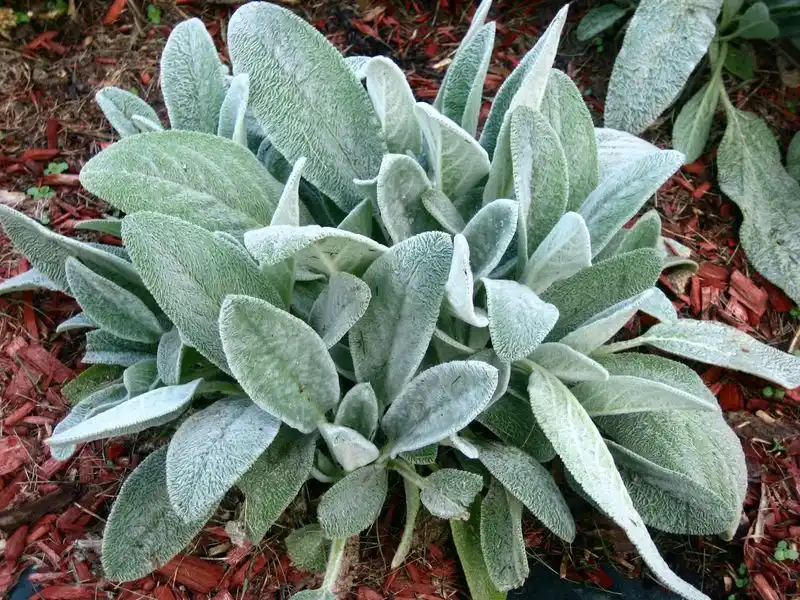
Lamb’s Ear, with its soft, velvety leaves, offers a tactile delight in any garden. This perennial plant forms a dense, low-growing mat that adds texture and subtle color. Unlike more invasive ground covers, Lamb’s Ear grows slowly and prefers well-drained soil. Its gentle nature makes it suitable for garden borders and rock gardens. Despite its delicate appearance, it is drought-tolerant and hardy, thriving in sunny locations. Lamb’s Ear’s unique foliage makes it a favorite among gardeners seeking a low-maintenance, non-intrusive ground cover. Its charm lies in restraint.
Ajuga
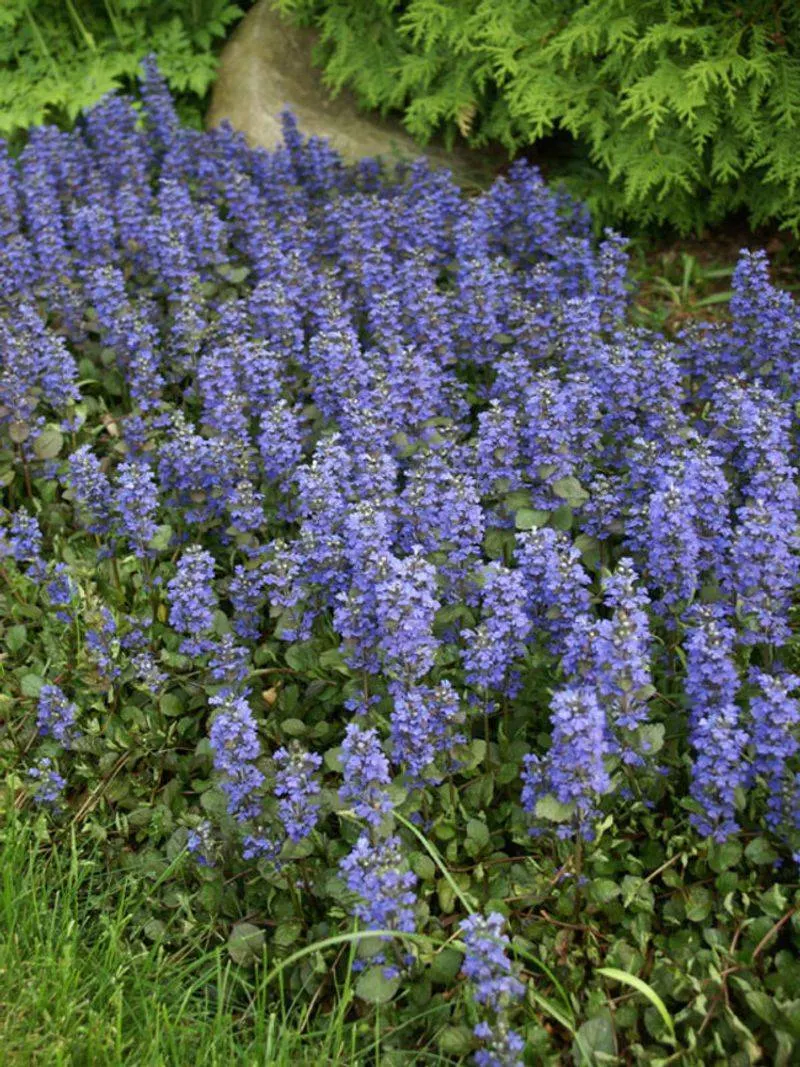
Ajuga, often called Bugleweed, creates a stunning carpet of foliage with its purple-blue flowers. Its creeping habit can quickly fill gaps, making it a popular choice for ground cover. However, Ajuga’s spreading nature can become problematic if not monitored. It thrives in shaded and sunny areas, adding color and texture to garden beds. Ajuga is valued for its ability to suppress weeds, yet its vigorous growth requires management to prevent it from overtaking other plants. With care, it becomes a vibrant addition, offering bursts of color and texture.
Ground Morning Glory
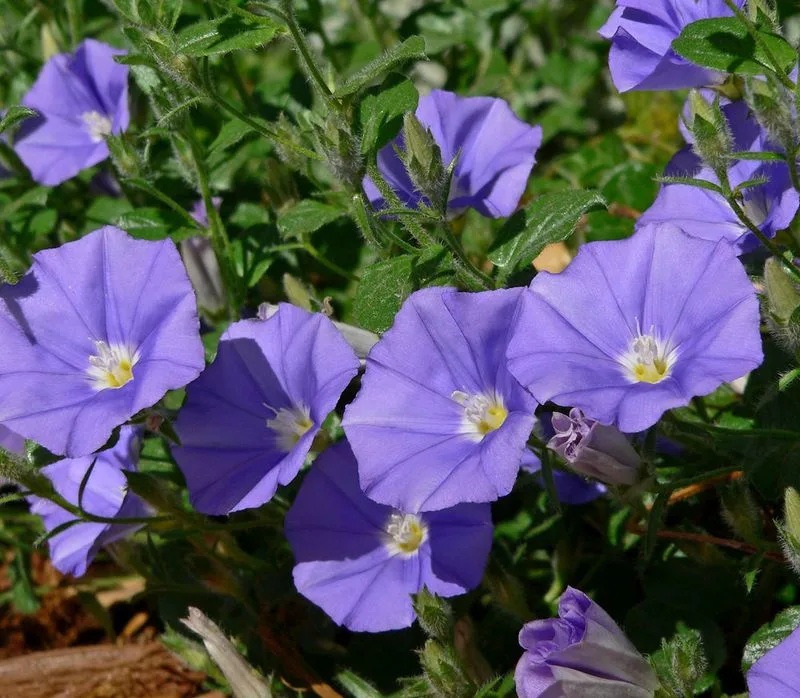
Ground Morning Glory, with its delicate, sky-blue flowers, enchants any garden space. Unlike its more aggressive relatives, this species remains well-behaved, providing beauty without chaos. Its sprawling nature covers ground gently, making it ideal for open spaces. Preferring sunny spots, it adds a splash of color without overwhelming neighbors. While not as rampant as other morning glories, it still requires some oversight to ensure tidy growth. Ground Morning Glory’s charm lies in its graceful, controlled spread, offering a tranquil addition to garden landscapes.
Deadnettle
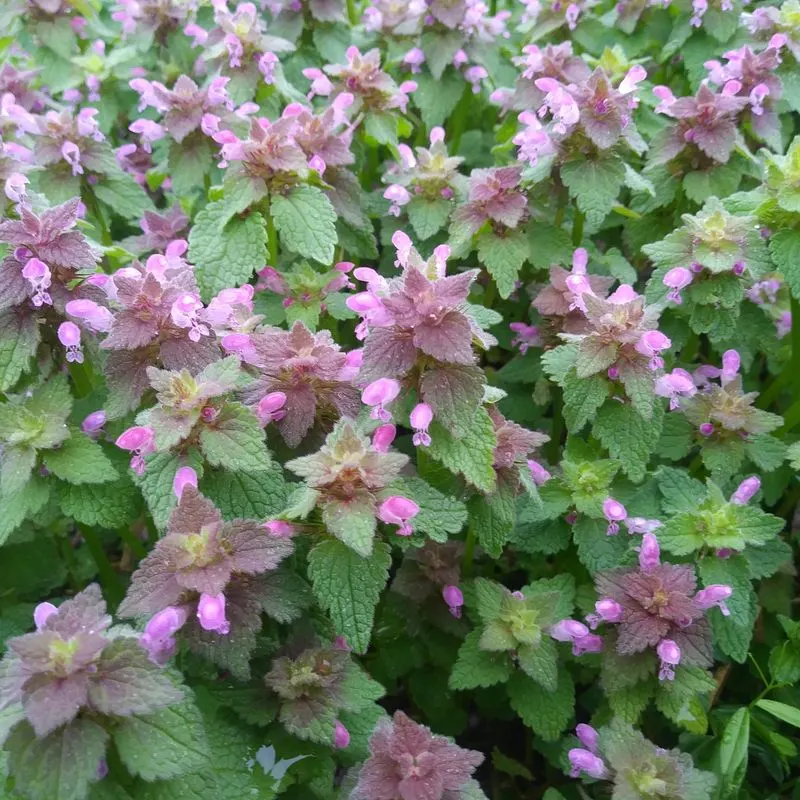
Deadnettle, with its variegated leaves and delicate purple blooms, offers visual interest in shaded garden areas. This ground cover forms a dense mat that suppresses weeds and enhances garden beds. Unlike invasive species, Deadnettle grows at a manageable pace, making it an excellent choice for controlled gardens. Its ability to thrive in low light conditions adds versatility. Regular pruning keeps its growth in check, ensuring it doesn’t encroach on neighboring plants. Deadnettle’s unique foliage and flowers make it a standout, balancing beauty and restraint.
Bugleweed
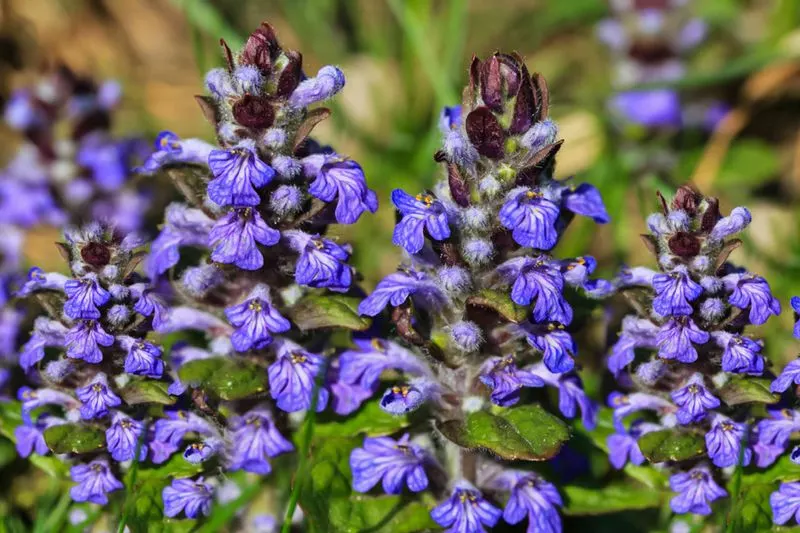
Bugleweed, also known as Ajuga, is celebrated for its vibrant foliage and ability to create lush, ground-hugging mats. Its colorful leaves and spikes of blue flowers add depth to garden spaces. While it can spread aggressively, Bugleweed’s growth is often welcome in larger, contained areas. It thrives in various conditions, from full sun to shade, offering flexibility in planting. Despite its potential for dominance, it provides excellent erosion control and weed suppression. With careful management, Bugleweed transforms garden beds into lively, colorful displays.
Creeping Charlie
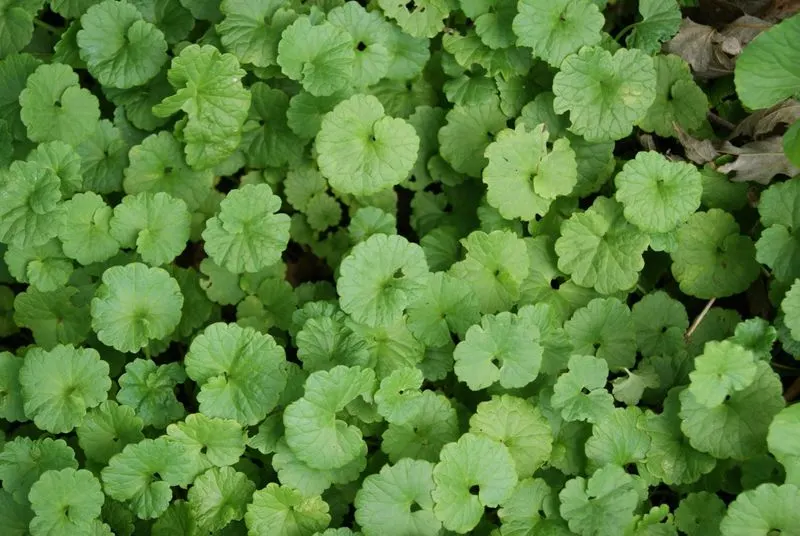
With its charming name, Creeping Charlie might sound innocent, yet it spreads tenaciously through gardens. Its round, scalloped leaves create a dense mat that can outcompete other plants.
This perennial’s rapid growth and adaptability make it a formidable opponent for gardeners seeking order. Originating from Europe, it thrives in shaded areas, often covering lawns and beds.
Though attractive with small purple flowers, its invasive nature requires vigilance. Pulling it out by hand is recommended, but persistence is key. Don’t let its gentle appearance fool you—Creeping Charlie is a garden conqueror.
Vinca Minor (Periwinkle)
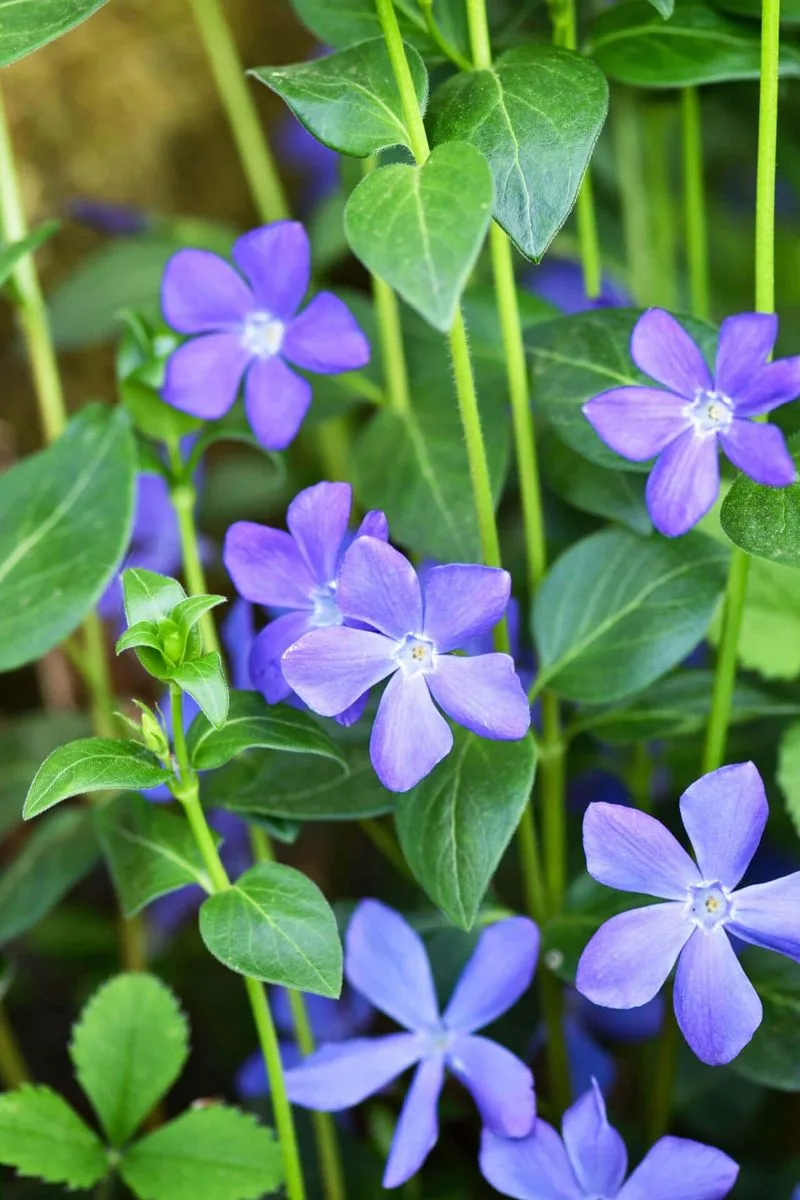
Vinca Minor, known as Periwinkle, brings vivid blue blooms to the garden. Its glossy leaves and vigorous growth habit make it a popular choice for ground cover.
Yet, its beauty is deceiving. This perennial can quickly escape its bounds, smothering nearby plants under its thick foliage. Originally from Europe and Asia, Periwinkle adapts well to various conditions, thriving in partial shade.
While charming, its invasive tendencies require careful management. Regular trimming can help keep it in check. If left unchecked, Vinca Minor may turn from delightful to domineering.
Pachysandra
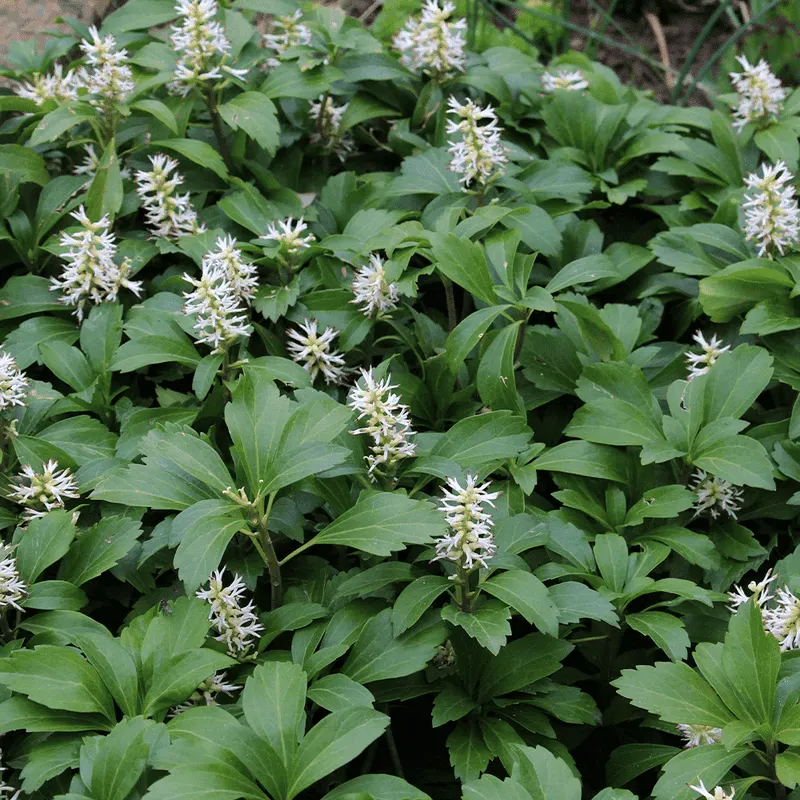
Pachysandra offers a lush, verdant cover in shaded areas, often used for its low-maintenance appeal. Its glossy leaves and small white flowers create an elegant look.
However, this ground cover can become overly aggressive, spreading rapidly under favorable conditions. Native to Japan and the Eastern United States, Pachysandra thrives in rich, well-drained soil.
Gardeners should be wary of its potential to overshadow other plants. Regular monitoring and boundary-setting help maintain its beauty without compromising other garden elements.
Sweet Woodruff
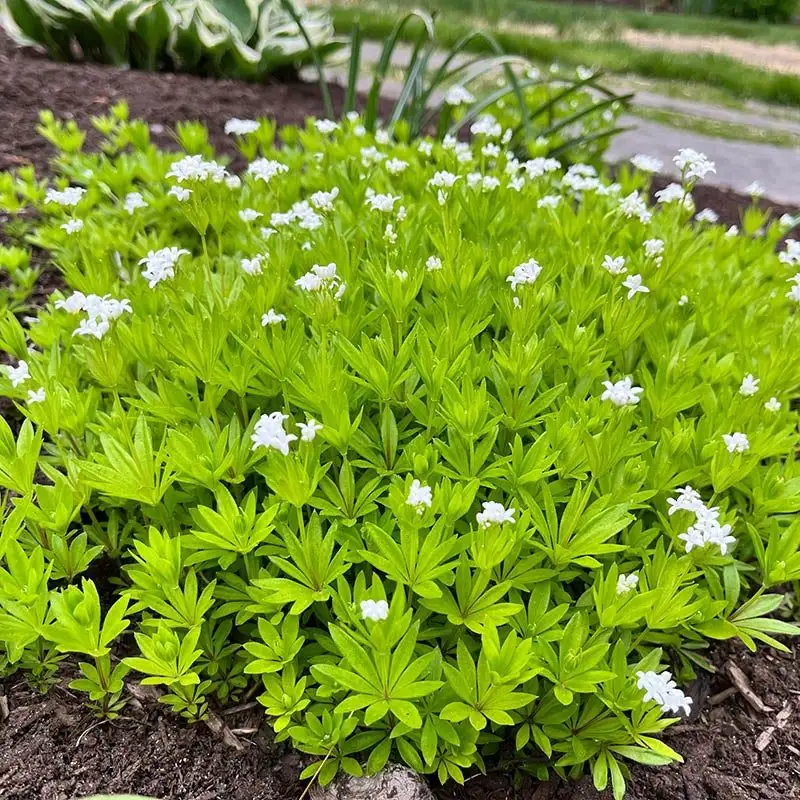
Sweet Woodruff enchants with its whorled leaves and delicate white blooms, often used to perfume May wine in Germany.
Thriving in shady, moist environments, it forms a dense mat that can suppress weeds. Yet, its vigor can lead to overrunning garden spaces if left unattended.
This herbaceous perennial, native to Europe and Asia, requires careful monitoring to prevent it from becoming dominant. Regular thinning ensures harmony with neighboring plants, keeping your garden both fragrant and controlled.
Yellow Archangel
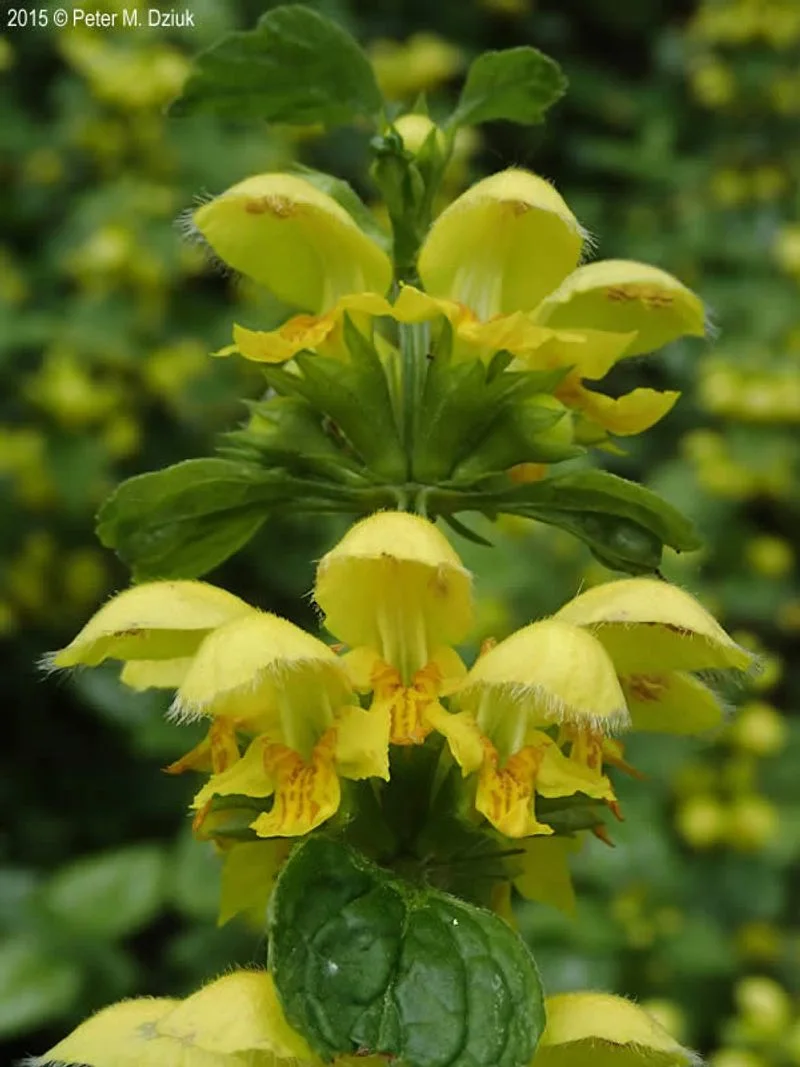
Yellow Archangel boasts striking yellow flowers and variegated leaves. Its rapid growth suits ground cover needs, but beware—it can quickly dominate areas.
Originating from Europe, it thrives in both sun and shade, adapting to various soil types. While its appearance is alluring, its invasive nature often surprises unsuspecting gardeners.
Regular pruning and containment are essential to prevent it from smothering other plants. This ground cover’s beauty belies its aggressive tendencies, demanding attention to maintain balance.
Houttuynia Cordata (Chameleon Plant)
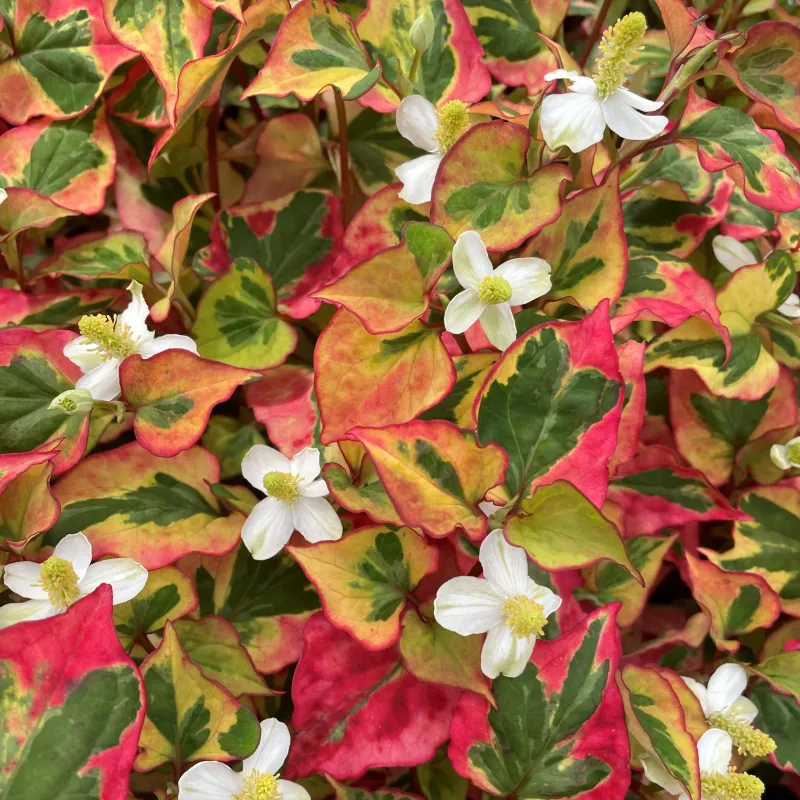
Houttuynia Cordata, known as Chameleon Plant, captivates with heart-shaped, multicolored leaves. Its vibrant appearance makes it a favorite for adding color.
Yet, this beauty is deceptive. It spreads vigorously in moist environments, challenging gardeners to keep it contained. Native to Southeast Asia, it quickly forms a dense mat, overshadowing other plants.
Regular removal and careful placement are necessary to prevent unwelcome takeovers. Despite its allure, Houttuynia demands respect for its aggressive growth habits.
Wintercreeper
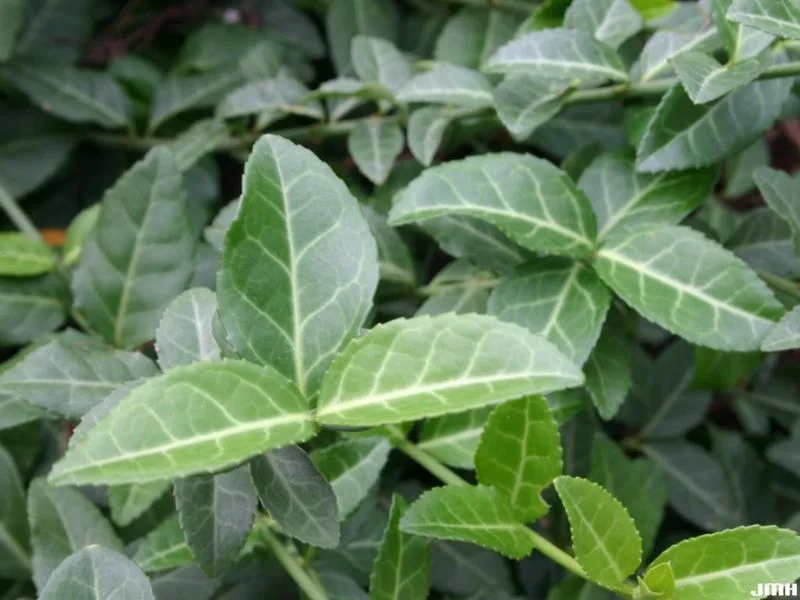
Wintercreeper’s glossy evergreen leaves and creeping vines add year-round interest to gardens. Attractive and hardy, it seems a gardener’s delight.
Originating from East Asia, it can quickly overrun both horizontal and vertical spaces, often climbing trees and walls. Its adaptability to various conditions makes it a formidable invader.
Constant vigilance and regular trimming are essential to prevent its spread. While visually appealing, Wintercreeper’s aggressiveness requires proactive management to maintain harmony in the garden.
Liriope
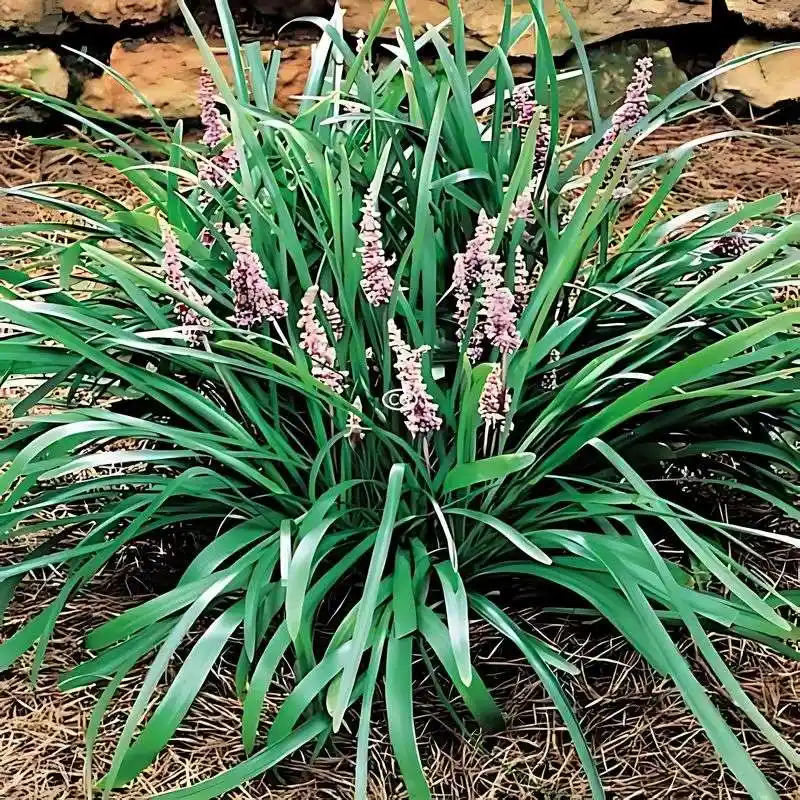
Liriope, with its grass-like foliage and purple flower spikes, offers an attractive border solution. Known for its hardiness, it easily adapts to different environments.
Originating from East Asia, Liriope’s dense growth can become a double-edged sword. While it provides excellent ground cover, its aggressive spread may crowd out other plants.
To maintain balance, regular division and monitoring are necessary. Liriope’s beauty and robustness are undeniable, but it requires ongoing management to prevent garden dominance.
Bamboo
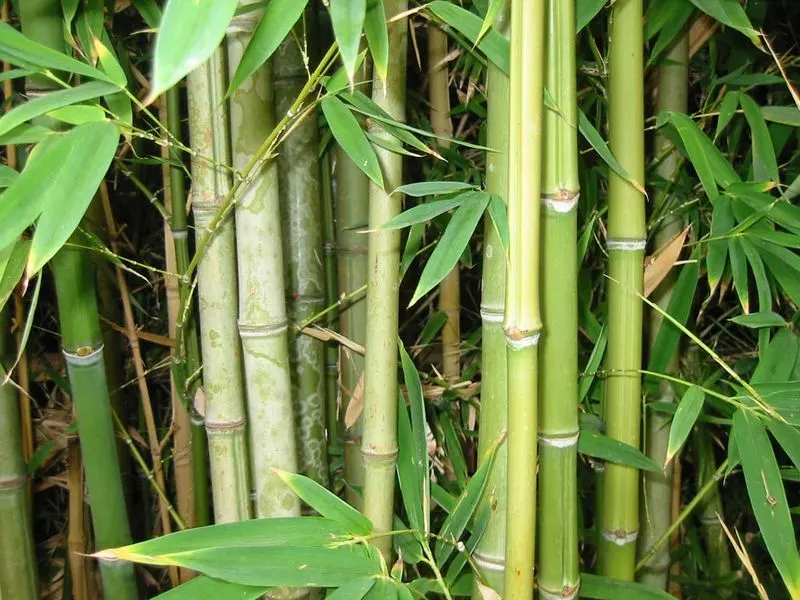
Bamboo, with its towering stalks, creates a striking visual impact in any garden. Known for its rapid growth, it serves as both a privacy screen and ornamental feature.
However, its vigor is unmatched. Without proper barriers, Bamboo can swiftly invade surrounding areas, making removal a daunting task. Native to Asia, it flourishes in various climates, demanding careful consideration before planting.
Specialized containment methods, like root barriers, help control its spread. While majestic, Bamboo’s aggressive nature requires a strategic approach to prevent it from overpowering your garden.

